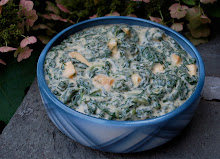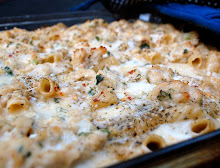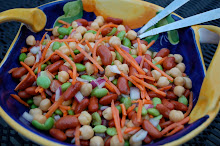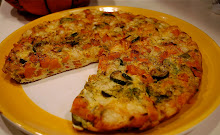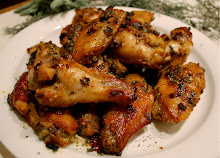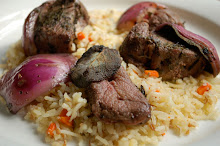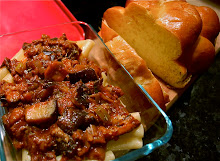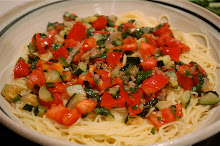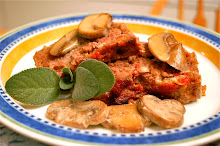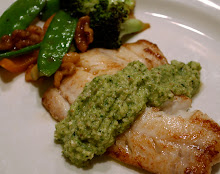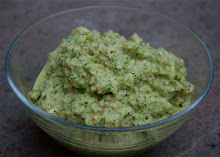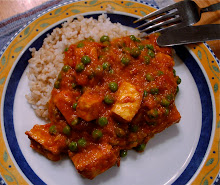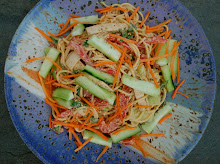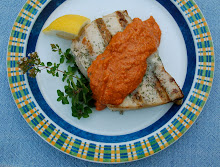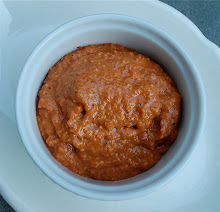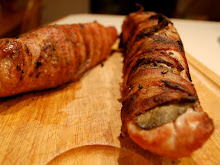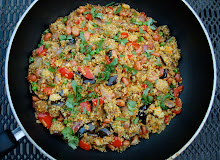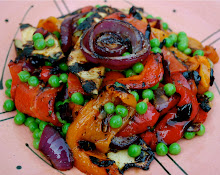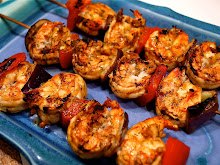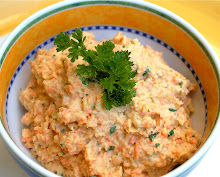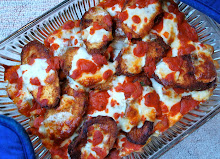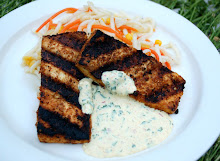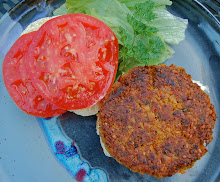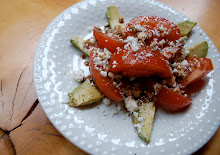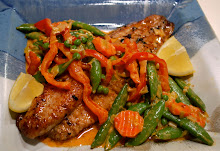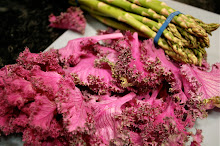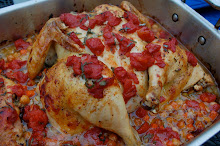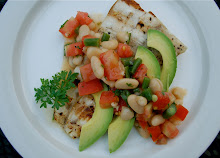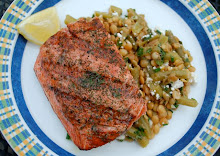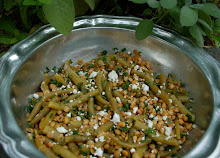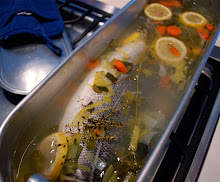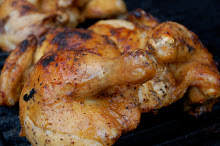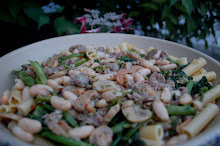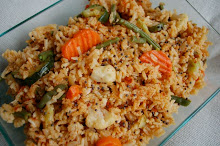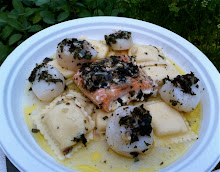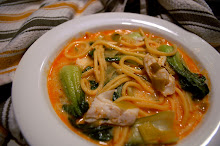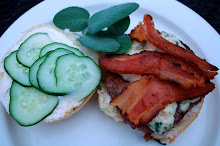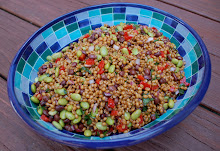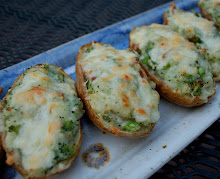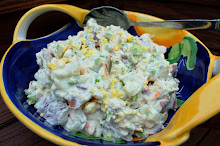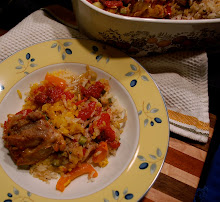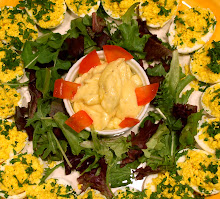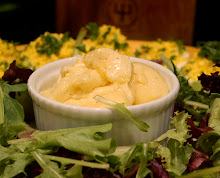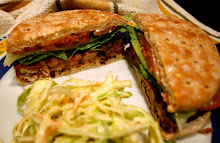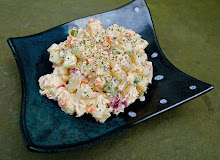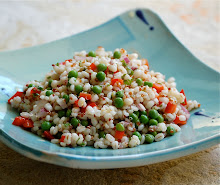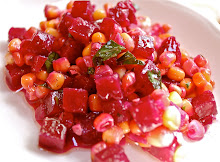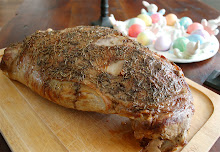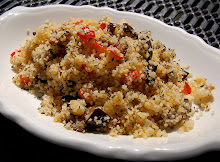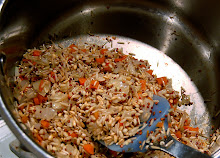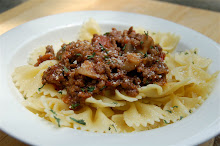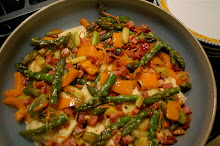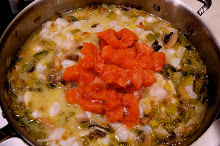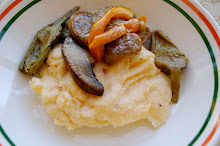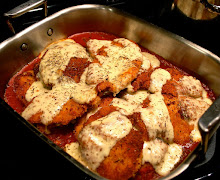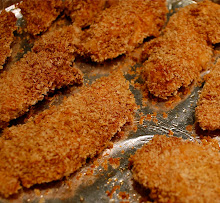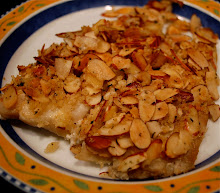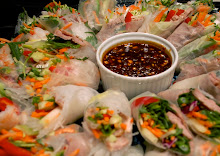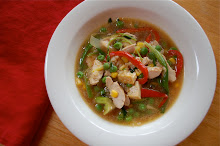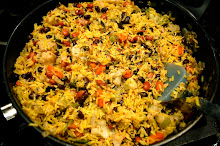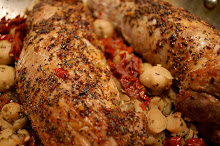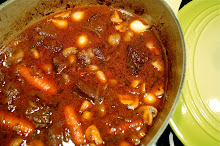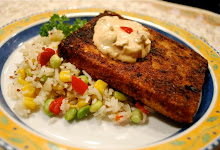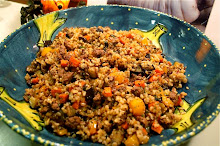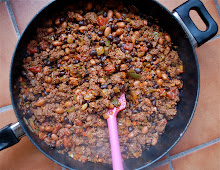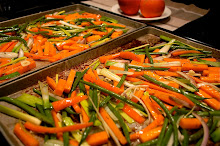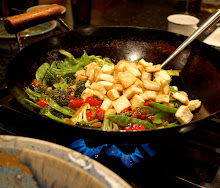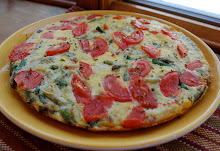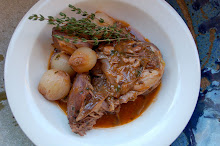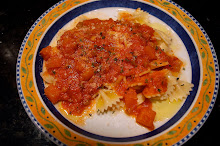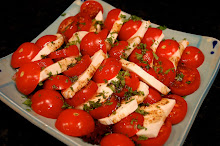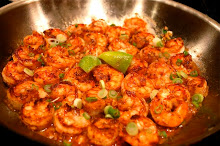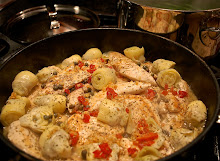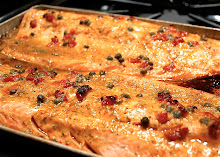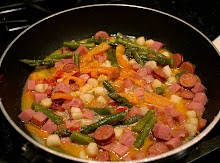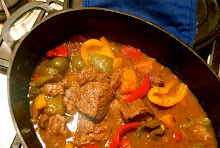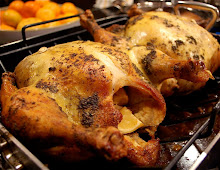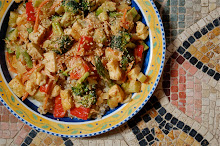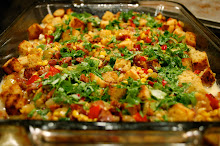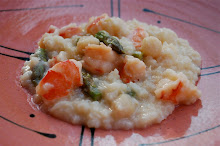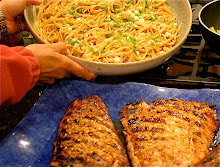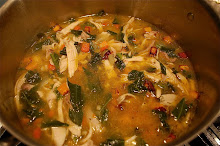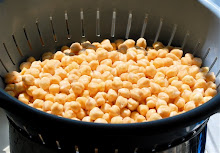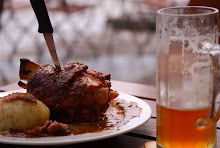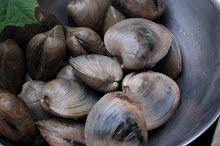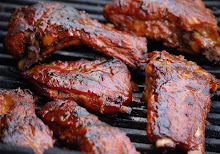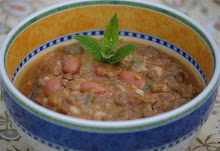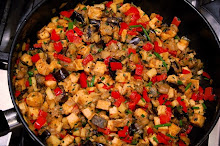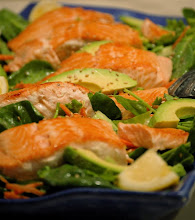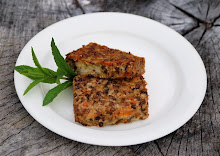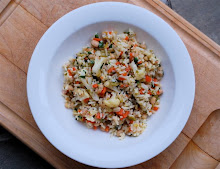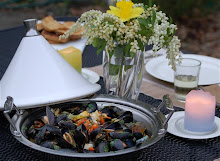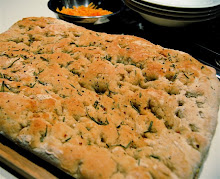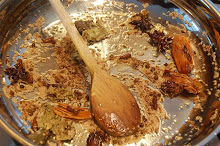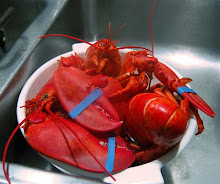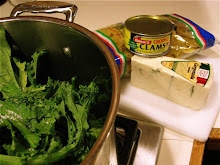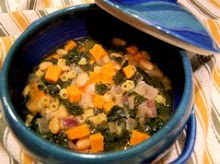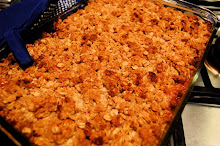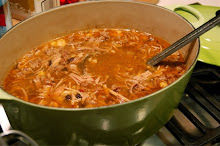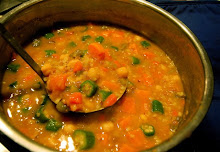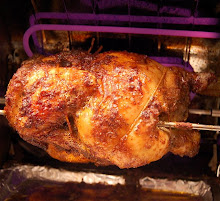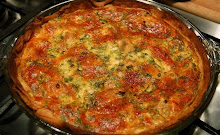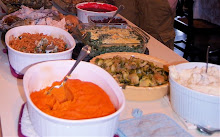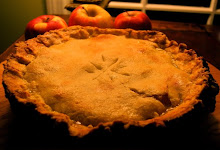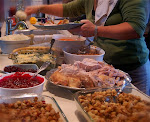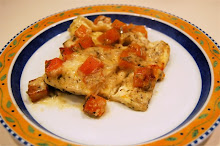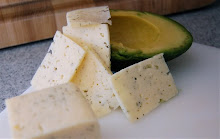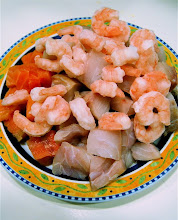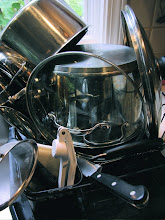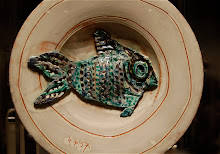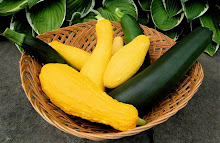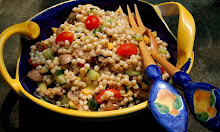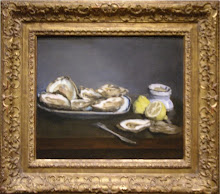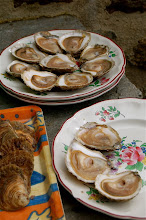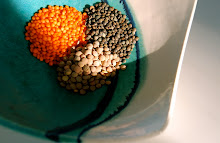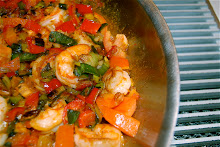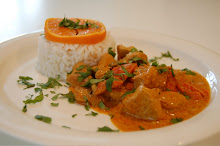8 manicotti shells
Filling:
6 cups fresh baby spinach leaves
1 lb salmon, skinned and finely diced
6 dried apricots, finely chopped
Palmful fresh parsley, minced
2 cloves garlic, minced
1 egg white
Zest of 1/2 lemon
Filling:
6 cups fresh baby spinach leaves
1 lb salmon, skinned and finely diced
6 dried apricots, finely chopped
Palmful fresh parsley, minced
2 cloves garlic, minced
1 egg white
Zest of 1/2 lemon
6-8 fresh sage leaves, minced
1/4 tsp salt
Fresh ground pepper to taste
Lemon Bechamel:
3 Tbsp butter
2 Tbsp flour
1/4 cup white wine
1 cup milk
Juice of 1 lemon, about 1/4 cup
1/2 lb mozzarella cheese, grated
zest of the other 1/2 lemon
Zest your lemon and divide in half. Set aside.
Bring 3 quarts water to a boil in a pot. Meanwhile, sauté the spinach leaves in a bit of olive oil in a large skillet, until the leaves wilt and turn dark green. Spoon out any excess water if necessary. Set spinach adde in a strainer, and press lightly to remove any excess water. The spinach can be moist - no need to manhandle the spinach!
Turn the spinach into a mixing bowl and add the remaining filling ingredients.
Gently fold together - I use my clean hands, but you can use a spatula if you prefer.
When the manicotti pasta is cooked al dente, drain and set aside.
Preheat oven to 375. Prepare the Bechamel sauce by melting the butter in the oil in a saucepan. Add the flour and cook for about 3-5 minutes, until the flour emits a nutty fragrance. Add the wine and milk and bring back to a gentle boil, whisking very often. Whisk in the lemon juice and adjust thickness with a bit more milk, if necessary. You should have a pourable creamy sauce.
Using a teaspoon and your clean fingers, fill the manicotti shells with the salmon mixture. This is messy and fun - enjoy! When you were a kid, you would have loved this. But be careful of asking the kids to do this; you have to be very, very gentle with the manicotti or they will bust apart on you.
Place the manicotti in a baking casserole, and pour the sauce over them. Scatter the cheese on top.
Bake about 30-45 minutes, until the cheese begins to brown the the casserole bubbles a bit.
Serves 4.
1/4 tsp salt
Fresh ground pepper to taste
Lemon Bechamel:
3 Tbsp butter
2 Tbsp flour
1/4 cup white wine
1 cup milk
Juice of 1 lemon, about 1/4 cup
1/2 lb mozzarella cheese, grated
zest of the other 1/2 lemon
Zest your lemon and divide in half. Set aside.
Bring 3 quarts water to a boil in a pot. Meanwhile, sauté the spinach leaves in a bit of olive oil in a large skillet, until the leaves wilt and turn dark green. Spoon out any excess water if necessary. Set spinach adde in a strainer, and press lightly to remove any excess water. The spinach can be moist - no need to manhandle the spinach!
Turn the spinach into a mixing bowl and add the remaining filling ingredients.
Gently fold together - I use my clean hands, but you can use a spatula if you prefer.
When the manicotti pasta is cooked al dente, drain and set aside.
Preheat oven to 375. Prepare the Bechamel sauce by melting the butter in the oil in a saucepan. Add the flour and cook for about 3-5 minutes, until the flour emits a nutty fragrance. Add the wine and milk and bring back to a gentle boil, whisking very often. Whisk in the lemon juice and adjust thickness with a bit more milk, if necessary. You should have a pourable creamy sauce.
Using a teaspoon and your clean fingers, fill the manicotti shells with the salmon mixture. This is messy and fun - enjoy! When you were a kid, you would have loved this. But be careful of asking the kids to do this; you have to be very, very gentle with the manicotti or they will bust apart on you.
Place the manicotti in a baking casserole, and pour the sauce over them. Scatter the cheese on top.
Bake about 30-45 minutes, until the cheese begins to brown the the casserole bubbles a bit.
Serves 4.

















































































































































































































































































































































































































































































































































































































































































































































































































































































































